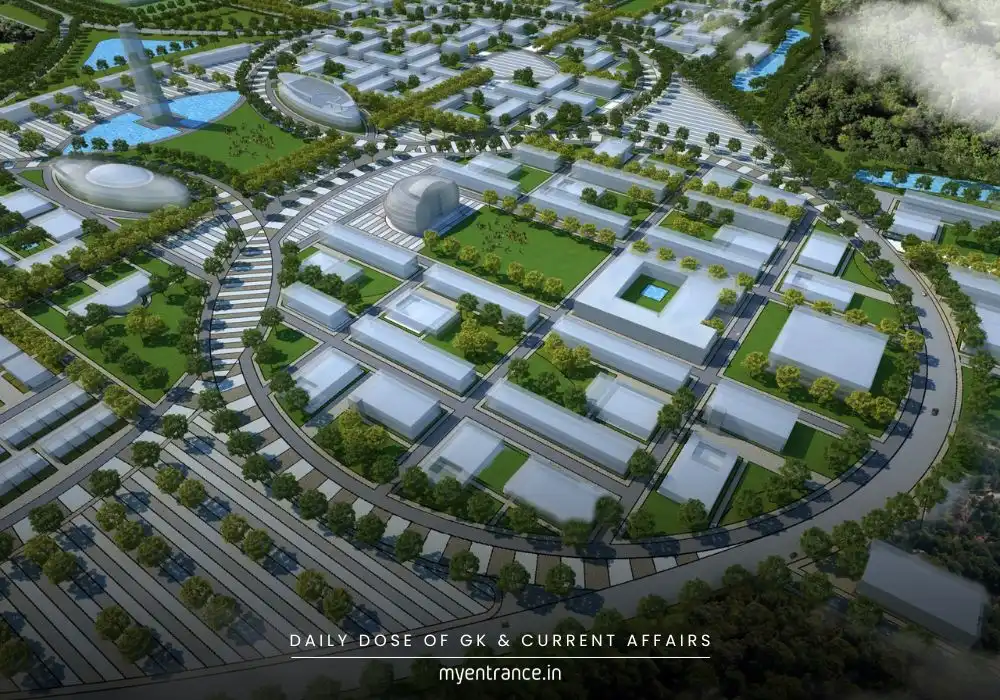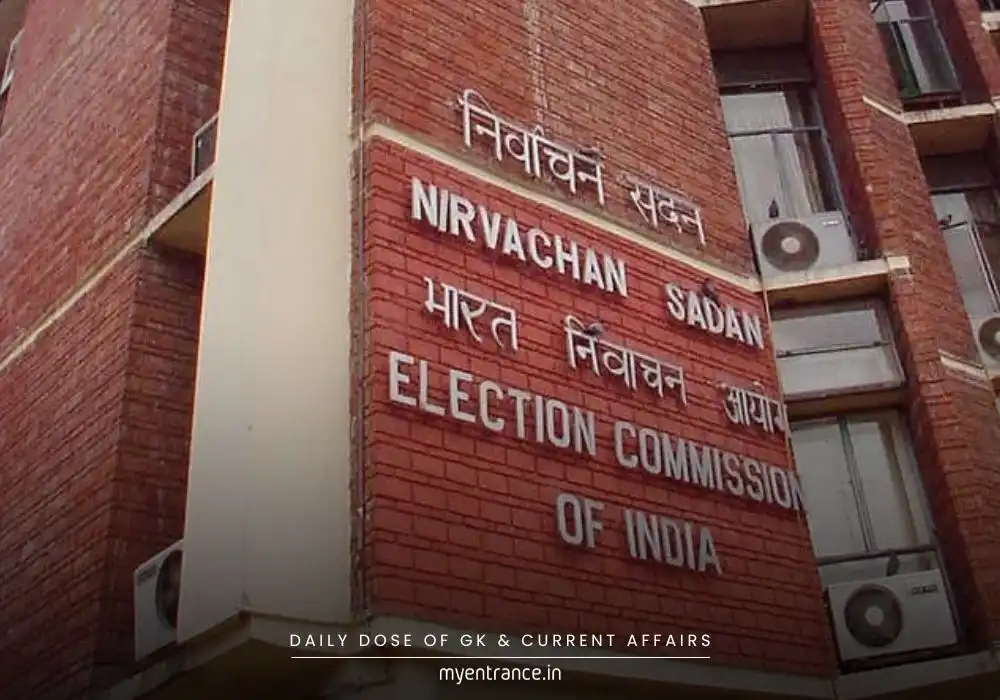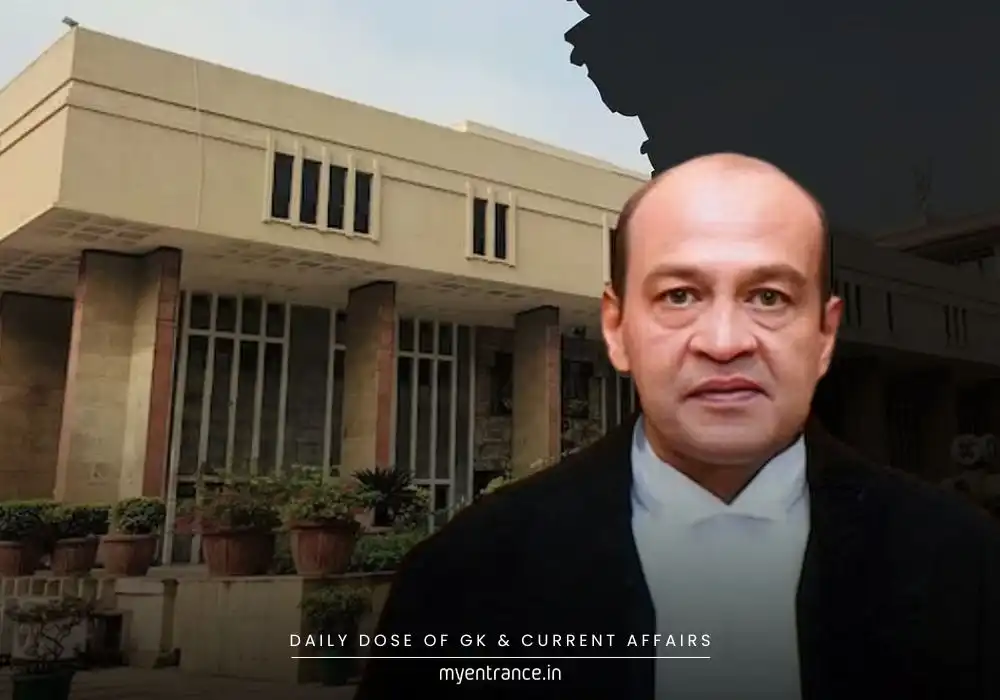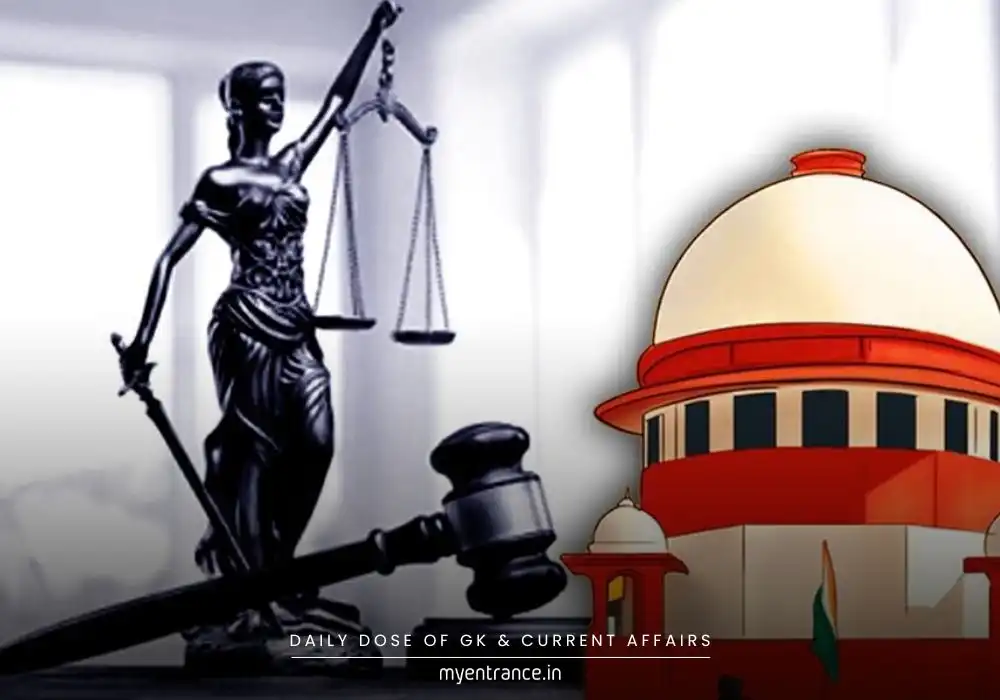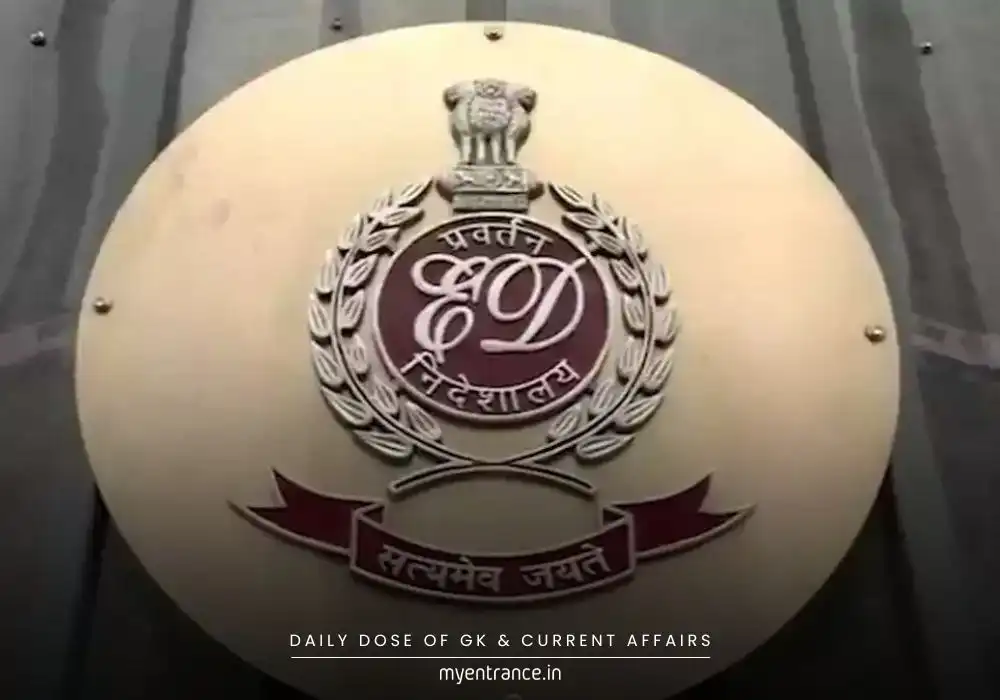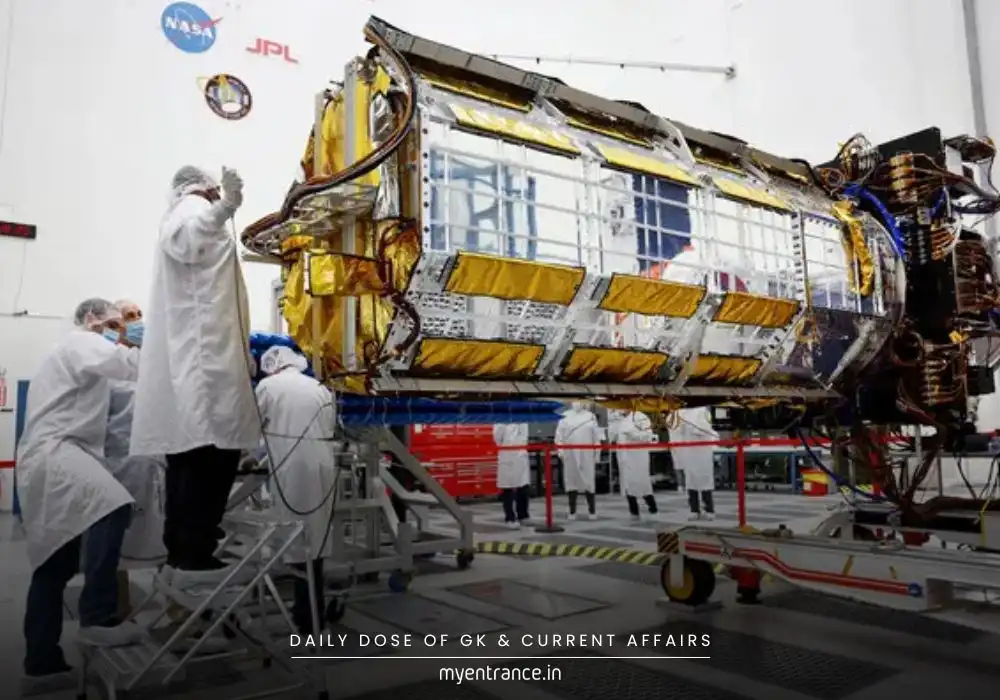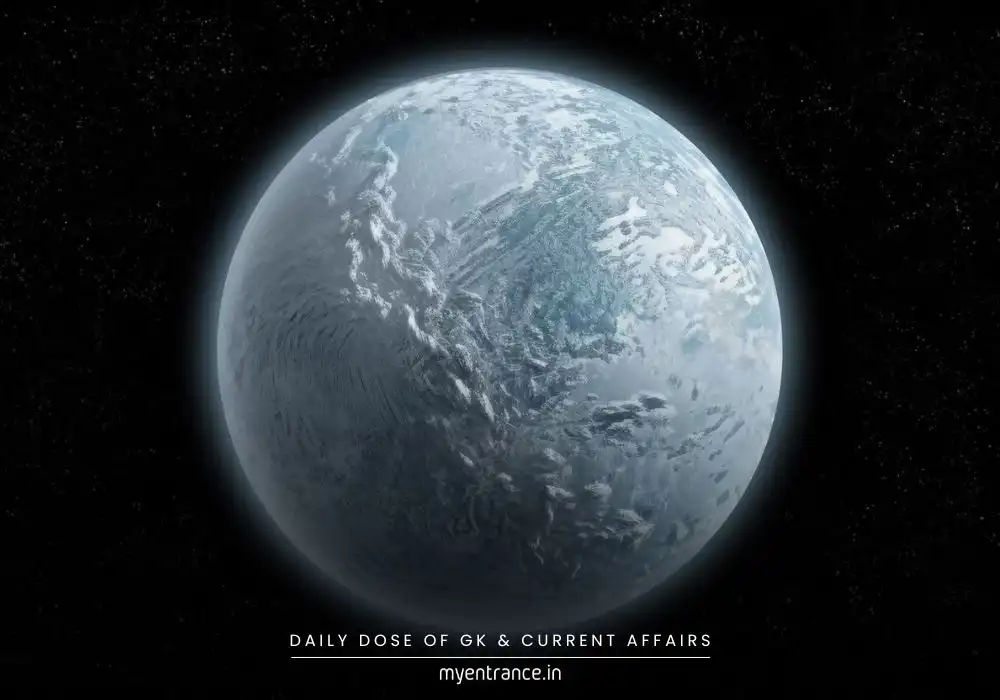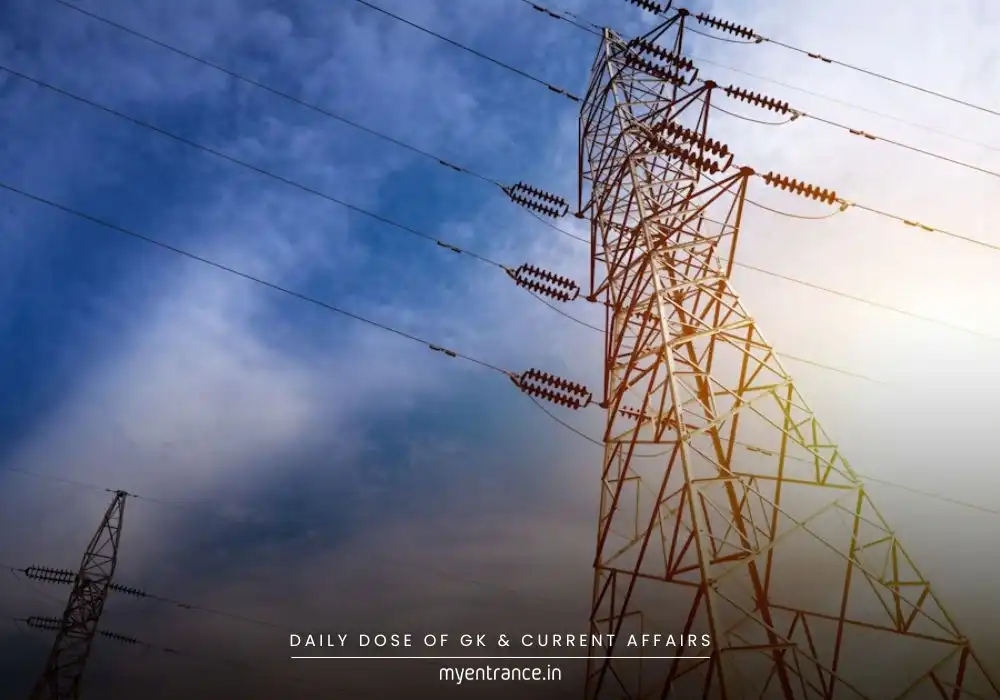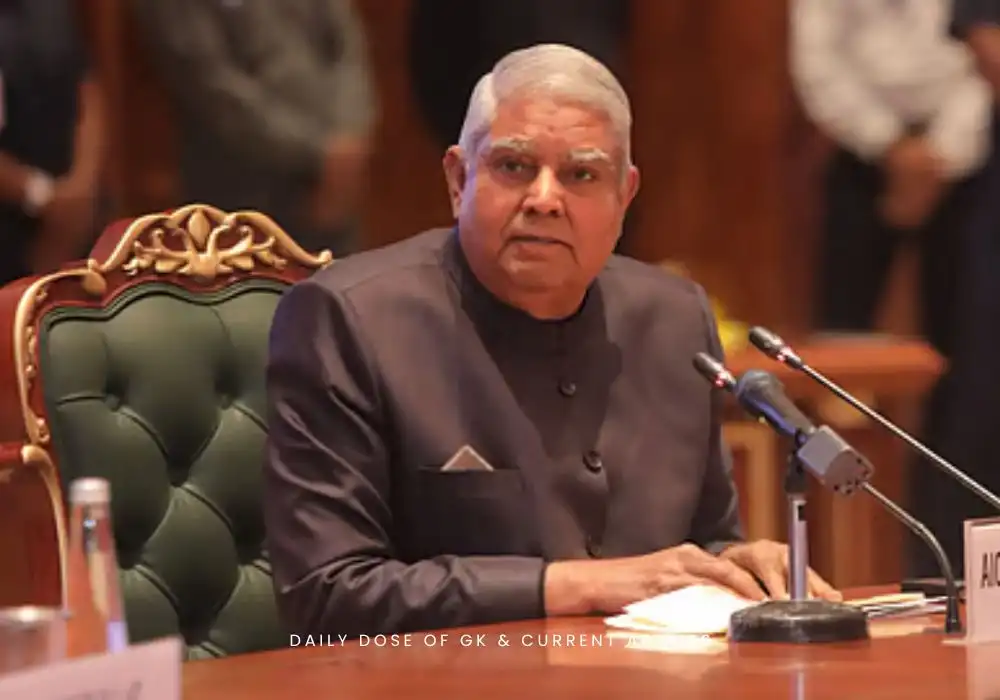Translate Language
Keezhadi Report Under Review: Is South India’s Ancient Timeline Being Rewritten?
The Archaeological Survey of India (ASI) is reviewing the Keezhadi excavation report amid controversy over its proposed timeline. Culture Minister Gajendra Singh Shekhawat declared the 8th–5th century BCE dating “unjustified,” suggesting a revised pre-300 BCE origin. This debate reshapes narratives of early South Indian urbanisation.
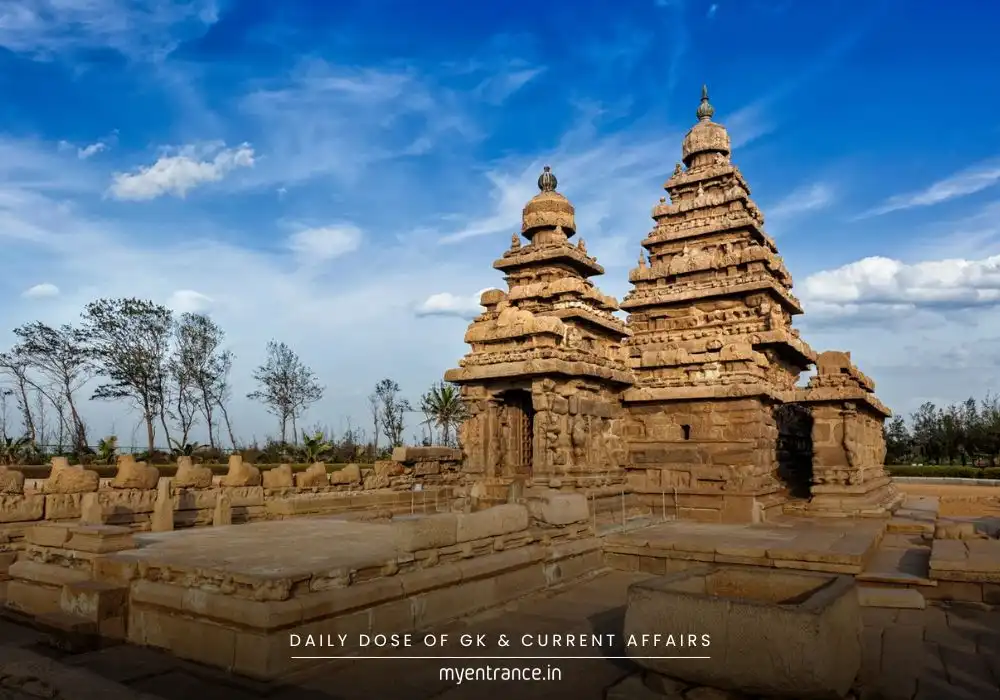
Unearthing Keezhadi’s Secrets
Keezhadi, a quiet village in Tamil Nadu’s Sivaganga district, became an archaeological sensation after excavations led by ASI’s K. Amarnath Ramakrishna began in 2014. Digs revealed brick structures, industrial furnaces, and advanced drainage systems – hallmarks of a thriving urban settlement. Pottery fragments etched with Tamil-Brahmi script and carnelian beads hinted at literacy and trade links. Carbon dating initially placed these artefacts at 2,160 years old, aligning with Tamil Nadu’s Sangam era.
The Controversial Timeline
The 2023 excavation report classified Keezhadi’s history into three phases:
Pre-Early Historic (8th–5th century BCE)
Mature Early Historic (5th–1st century BCE)
Early Historic (1st century BCE–3rd century CE)
However, Culture Minister Shekhawat challenged Period 1’s dates, calling them “not justified at all.” In a parliamentary annexure, he argued the earliest phase could only stretch to pre-300 BCE based on current evidence. This pits archaeological findings against bureaucratic scrutiny, delaying the report’s publication.
Why Keezhadi Rewrites History
The site’s significance extends beyond Tamil Nadu:
Parallel Urbanisation: Findings suggest South India’s urban growth coincided with the Gangetic plains, debunking “North-first” narratives.
Sangam-Era Proof: Artefacts validate Sangam literature (3rd century BCE–3rd century CE), which depicts advanced Tamil society through poems on love (akam) and war (puram).
Trade & Literacy: Carnelian beads (imported via Gujarat) and Tamil-Brahmi inscriptions reveal a literate, networked society.
ASI’s Stance & Next Steps
While ASI hasn’t demanded a “revised report,” it’s reviewing period classifications. Archaeologists stress Keezhadi’s stratigraphic layers and AMS dating support the 8th-century BCE claim. With the report in limbo, historians await clarity on South India’s ancient chronology.
Q&As for Competitive Exams:
Q1. Keezhadi excavations are primarily associated with which Indian state?
A1. Tamil Nadu (Sivaganga district).
Q2. Which period of Keezhadi’s timeline did Culture Minister Shekhawat contest?
*A2. Pre-Early Historic (8th–5th century BCE), suggesting pre-300 BCE instead.*
Q3. Name two key features of Keezhadi’s urban settlement.
*A3. Brick-built drainage systems and industrial furnaces.*
Q4. How do Keezhadi findings challenge Indian historiography?
*A4. They prove urbanisation in South India paralleled the North, countering river-valley-centric theories.*
Q5. Sangam literature is broadly categorised into which two genres?
*A5. Akam (love) and Puram (war/community themes).*
Get 3 Months Free Access for SSC, PSC, NIFT & NID
Boost your exam prep!
Use offer code WELCOME28 to get 3 months free subscription. Start preparing today!



